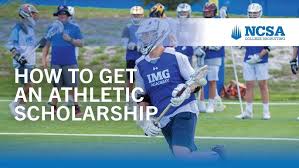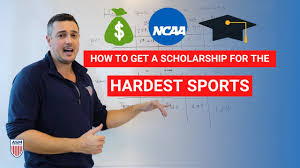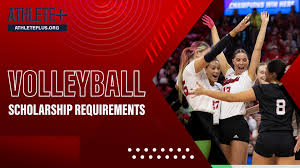A strong athletic resume can make all the difference when applying to colleges, especially if you’re seeking a scholarship or hoping to be recruited by a college sports team. Your resume should highlight your skills, achievements, and dedication while making it easy for coaches to assess your potential. Here’s how to build an impressive athletic resume that will grab attention.
Why an Athletic Resume Matters
An athletic resume serves as your personal marketing tool. It helps coaches quickly understand your strengths, stats, and accomplishments without having to dig through long emails or multiple documents. A well-organized resume:
Results
#1. Which continent are you currently living in?
#2. What is your gender?
#3. What type of work are you most interested in?
#4. What is your current employment status?
#5. What is your preferred work location?
#6. What is your highest completed level of education?
- Highlights your sports performance and academic achievements.
- Makes it easier for college recruiters to evaluate your potential.
- Gives you an edge over other applicants.
Essential Sections to Include
1. Personal Information
Start with your basic details so coaches can easily contact you. Include:
- Full name
- Date of birth
- Email and phone number
- Home address
- Social media handles (if relevant for sports recruitment)
2. Academic Information
Since colleges value student-athletes who can balance academics and sports, provide details like:
- High school name and graduation year
- GPA and class rank (if impressive)
- SAT/ACT scores (if applicable)
- Honors or AP courses
3. Athletic Profile
This section is the core of your resume. Include:
- Primary sport and position(s)
- Height, weight, and other relevant physical attributes
- Dominant hand/foot (if applicable)
- Years of experience in the sport
4. Athletic Achievements
Coaches want to see proof of your performance. Highlight:
- Individual awards (MVP, All-Conference, All-State, etc.)
- Team accomplishments (championships, playoff appearances)
- Notable records or stats
5. Playing Experience
🎓 Must Read
List teams and organizations you have played for, including:
- High school teams
- Club or travel teams
- AAU or summer leagues
- National or international tournaments
6. Coach and Trainer References
Providing references adds credibility. Include:
- High school or club coach’s name
- Contact details (email and phone)
- Strength and conditioning coach (if applicable)
7. Highlight Video Link
A short, well-edited highlight reel is crucial for showcasing your skills. Upload it to YouTube or Hudl and include the link in your resume.
Tips for Making Your Resume Stand Out
- Keep It One Page – Coaches receive many resumes, so make yours concise and easy to read.
- Use a Clean, Professional Format – Stick to simple fonts and clear headings for quick scanning.
- Be Honest – Don’t exaggerate stats or achievements. Coaches will verify details.
- Tailor It to Each School – Mention why you’re interested in their program in your cover email.
- Attach an Introductory Email – A well-written email introducing yourself can make a strong first impression.
Final Thoughts
A great athletic resume can open doors to college sports programs and scholarships. By organizing your information clearly and professionally, you give yourself the best chance to impress recruiters. Take the time to craft a compelling resume, and don’t forget to follow up with coaches after sending it.









